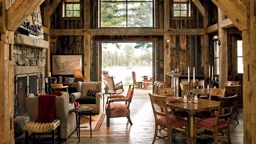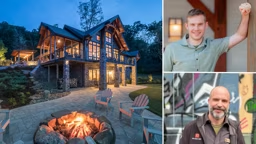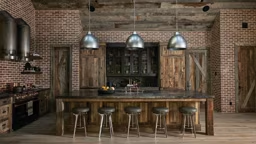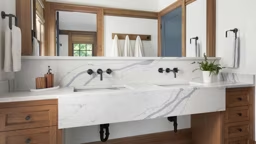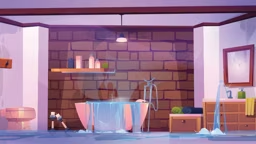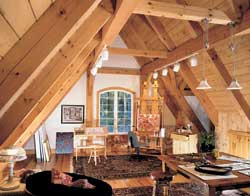 More than just the basics, custom home building is all about incorporating architectural details (think nooks, lofts, craft rooms and outdoor havens) to create a comfortable design that suits your lifestyle.
More than just the basics, custom home building is all about incorporating architectural details (think nooks, lofts, craft rooms and outdoor havens) to create a comfortable design that suits your lifestyle. So, when you're sitting down to map out your home's future floor plan, take a moment to consider a few bonus spaces where you might end up spending the most time. Need a little inspiration? Check out a few of our favorite ideas for spaces that complement any home style and plan.
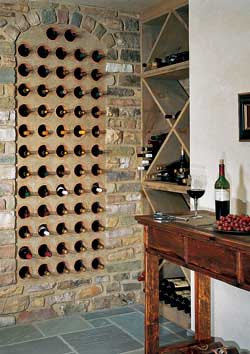
Wine Cellar
Why we love it: Whether you're a true connoisseur or simply a grape nut, a wine cellar not only stores your favorite bottles at the proper temperature, it's a fantastic place to host intimate wine-tasting events and dinner parties.How to get it: If you have the space and budget, you can dedicate an entire room to your favorite vintages—but you don't have to. A walk-in-closet-turned-wine cellar will do the trick just as well. The key is to maintain temperature control. Invest in an air-conditioning unit specifically designed for wine cellars (a normal AC unit can't maintain the 55-degrees needed for wine storage without icing up). And be sure to create a tight vapor barrier. Without proper humidity, corks can dry up, enabling air to leak into the bottles and the wine to go bad.
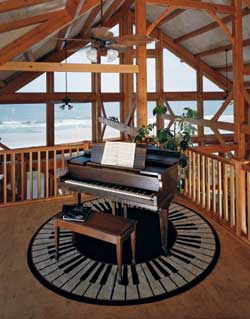
Music Room
Why we love it: For the musically inclined, practice space no longer has to be relegated to the garage. You can show off your instruments and your musical chops in an interior space instead.How to get it: If acoustics are a priority in your home, it's much easier to build it into your design than go back later and fix problems like a noisy HVAC unit. To find an acoustics consultant to work with your designer, check with the National Council of Acoustical Consultants (ncac.com).
And don't feel you have to be boxed in by four walls—if containing your sound isn't an issue, lofts can be a perfect space for instruments. Increase the sound quality even more by installing cork flooring in your music space or using wall coverings, such as foam panels, developed to sound-proof and improve acoustics. A music room also may need several electrical outlets for equipment like amps, microphones, a stereo and recording gear.

Sleeping Porch
Why we love it: A throwback to simpler times, sleeping porches embody all that is summertime while serving as a multifunctional bonus room for guests.How to get it: Any screened-in porch can double as a whimsical sleeping area. For furniture, consider using trundle or day beds, which can double as sofas during the daytime hours. Since the furniture will be outside, cover materials with weatherproof treatments that will protect it from mold and water damage, or opt for sturdy fabric choices.
UV resistance is another good consideration to make sure your furniture doesn't fade. On warmer days and nights, a ceiling fan (or two) will help to keep air circulating while giving you the option to add decorative elements.
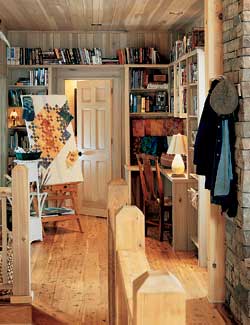
Hobby Room
Why we love it: Rather than starting projects all over your house, imagine a home with a wonderfully designed hobby room, where everything is in its place.How to get it: A hobby room can go anywhere: above the garage, in a spare bedroom, tucked into an oversized laundry room—even a converted closet can become an efficient space. If you plan to keep the room for an extended time, special built-ins are a smart option. For sewing, fly tying, scrapbooking and crafts, activity centers in an L-, T- or U-shaped configuration will probably be more efficient than a single, straight-line surface. Also, vary the heights of your work surfaces.
Thirty-six inches is comfortable for work you'll be doing while standing; 30 to 32 inches is preferable if you'll be sitting down. If the room will pull double duty as a guest room, a pullout armoire can serve as a temporary workspace. Also, make sure you have adequate natural, ambient and task lighting. Halogen bulbs provide the best color rendering, followed by incandescent. If you prefer to use fluorescent bulbs, but you want to see the true color of your projects, choose a bulb with a color-rendering index (CRI) around 80 and a Kelvin temperature around 2700.




